“It’s not the speed that kills, it’s the sudden stop.” The statement is a flippant yet accurate summary of how car crashes can end. Barring upgrades to human physiology for increased impact resistance, innovation has mostly centered around making cars safer with each iteration.
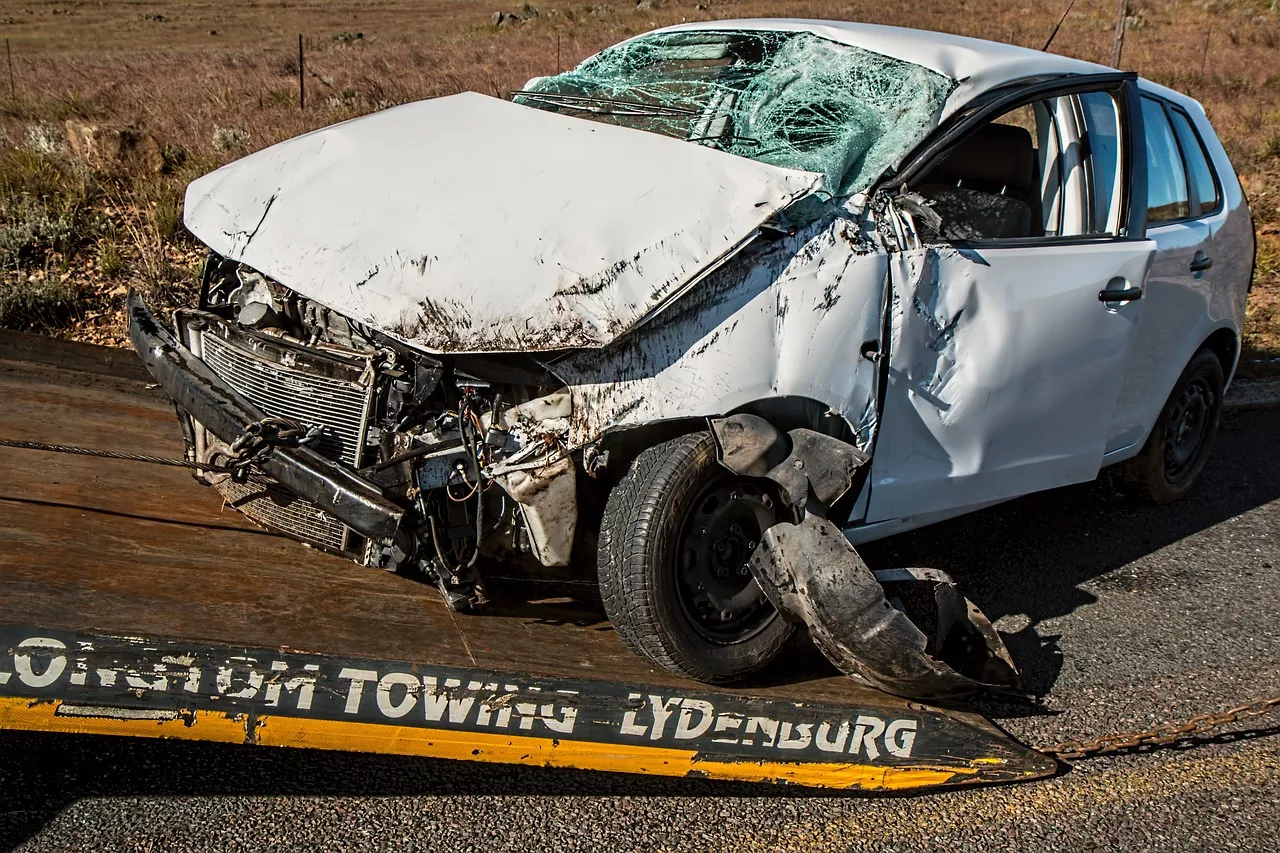
Believe it or not, it's possible to walk away from something like this
Safety features on new cars are not just a mish-mash of acronyms cobbled together, but are engineered to work as part of a system. An extensive amount of time, manpower, and resources went into ensuring that the setup performs as intended, but only when used properly.
Crumple zones make up the first level of protection. You might think that the more rigid a car is, the better it can protect its occupants. But a force acting on a moving car is the same force exerted on everyone inside.
In a car crash, the equivalent force that stops a rigid car will only be transferred to the occupants, which can have disastrous consequences. A car’s crumple zone is designed to absorb and slow down the force of the impact before it reaches the people onboard.
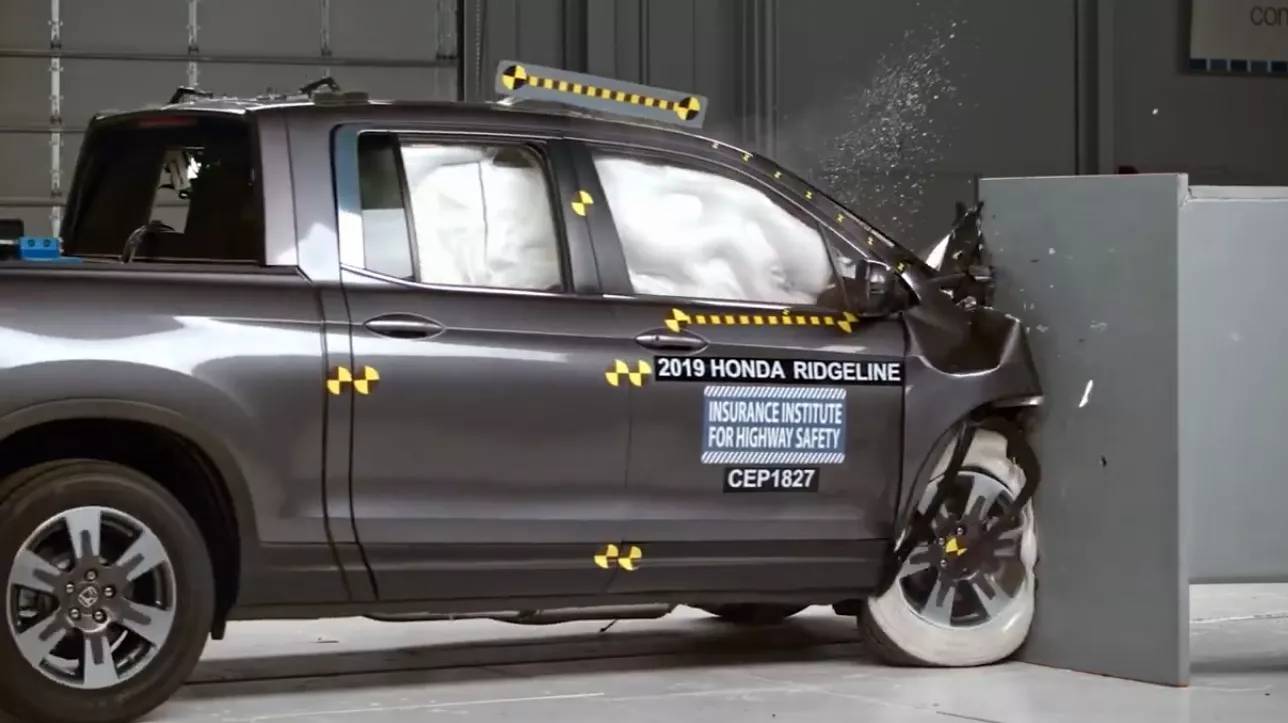
Crumple zones absorb and dissipate the force of impact
Surrounding the crumple zone is a rigid cabin, which is designed to be as strong as possible in order to stay intact while shielding the driver and passengers. It not only withstands the force of impact (which by now has been weakened by the crumple zones), but also prevents the steering column, pedals, and even the engine from intruding further into the passenger compartment and causing more injury.
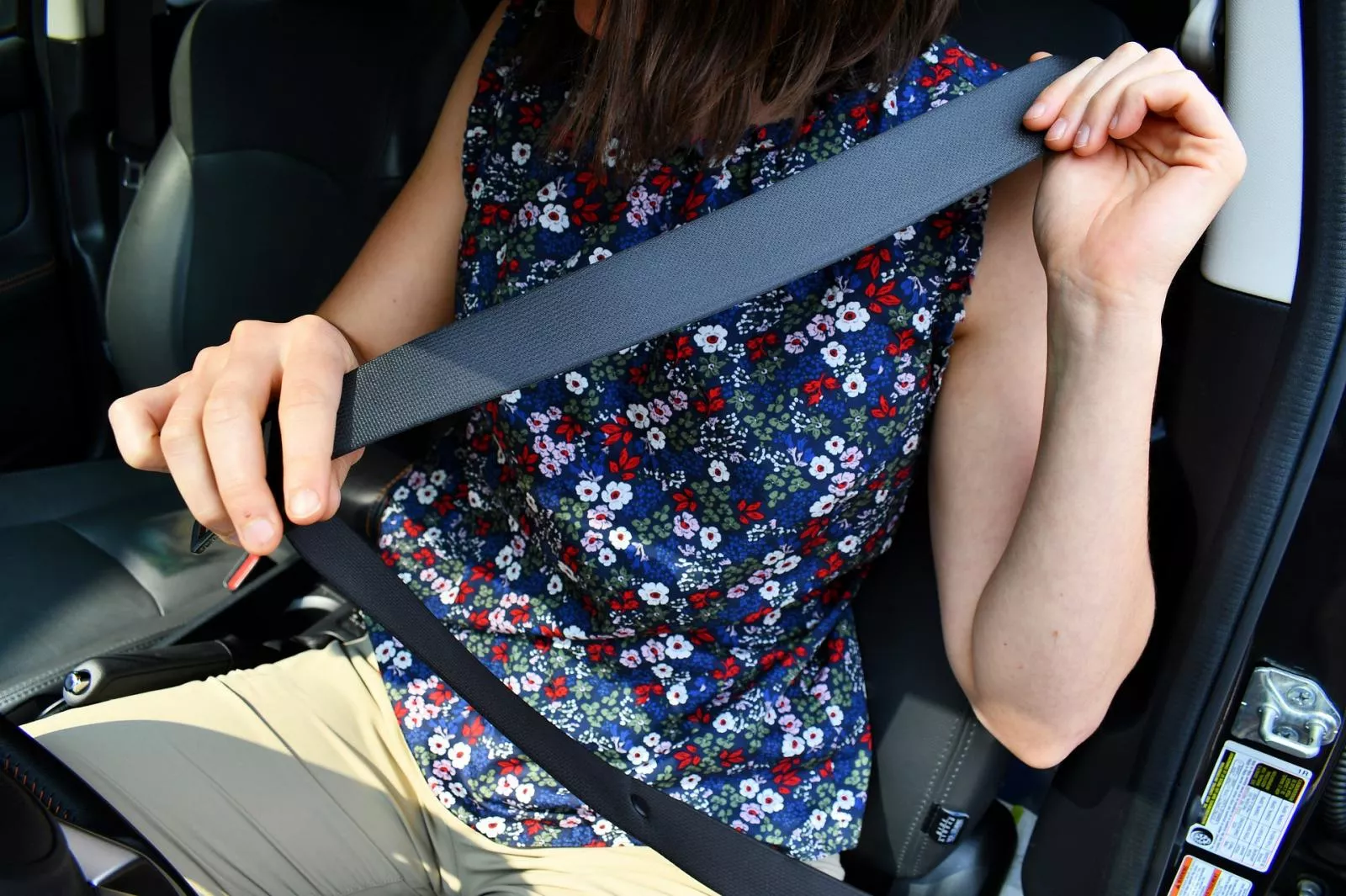
Your car's seatbelts are not just for display or convenience
Seatbelts are probably the most important since they have been in use for the longest time. Whether it’s a 3-point ELR restraint or a five-point racing harness, seatbelts provide even more resistance against the force of impact by slowing your motion, keeping your upper body from being thrown violently against the car’s interior.
Assuming a 50 km/h crash, a seatbelt can reduce the rate of deceleration by up to seven times.
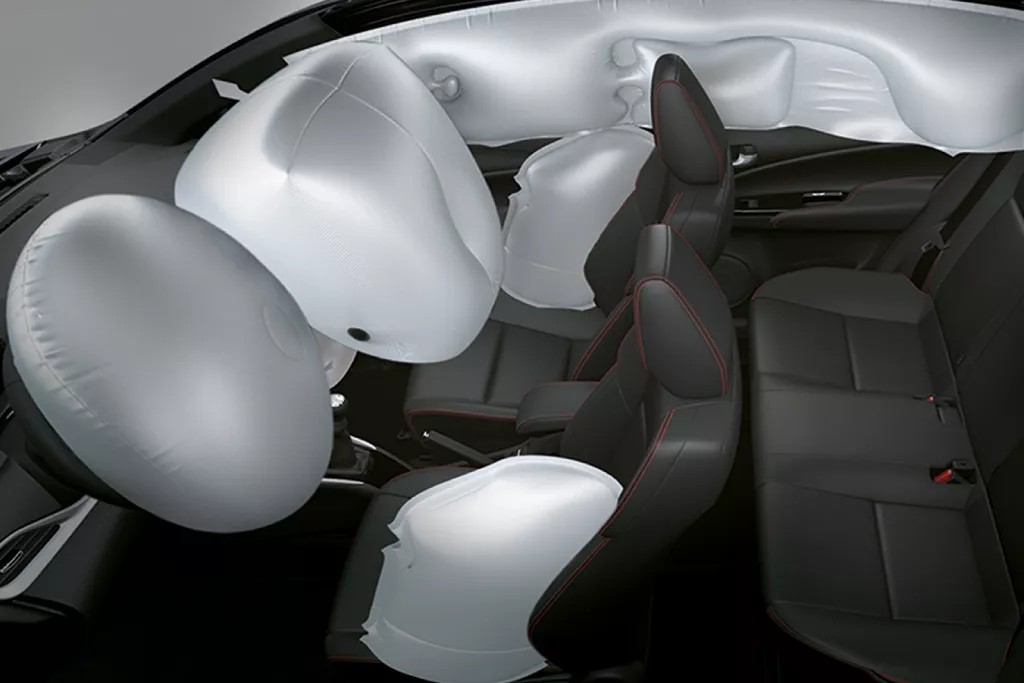
Airbags are programmed to inflate at just the right moment during a collision
>>> Related: Seatbelts and Airbags: The ins and outs
Airbags have joined the list of standard safety equipment in modern cars. These devices are connected to impact sensors, and rapidly inflate to provide supplementary protection the moment a crash occurs.
A typical airbag takes only between 30 and 50 milliseconds to deploy. The precise timing is important because even a small delay can knock you unconscious instead of protecting you.
Taking all these into account, would a bigger vehicle be safer since it packs more of these features? Yes and no. In a collision between two or more vehicles, the car with the bigger mass has the upper hand. But if that car crashes against a wall or rolls over by itself, the same mass will work to the vehicle’s disadvantage, increasing the risks involved.
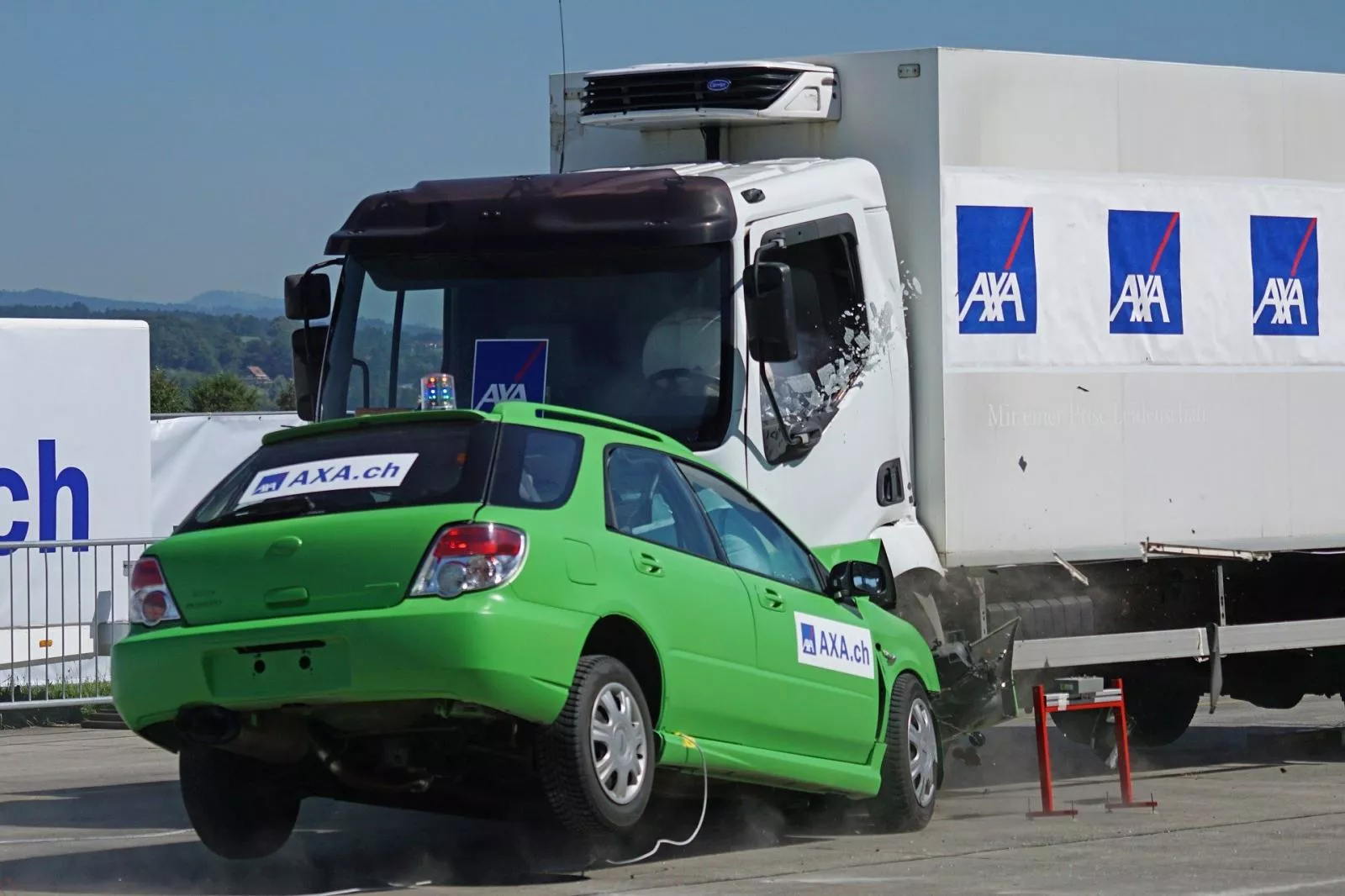
The bigger vehicle has the advantage in crashes involving other cars
As we’ve mentioned, these features all work as part of a system, and an alteration which might seem trivial or practical to you could affect their ability to protect you in the event of a car crash.
For example, exchanging the stock airbag-equipped steering wheel for an aftermarket one significantly reduces your safety envelope (apart from voiding the vehicle’s warranty). The bull bars or extended bumpers you install on your rig might protect your bodywork from scrapes, but they can also affect the impact sensors, which means the airbags may not deploy in time.
>>> Related:
- Top 6 advanced safety features found in cars today
- Top 7 modern driver assist features in cars today
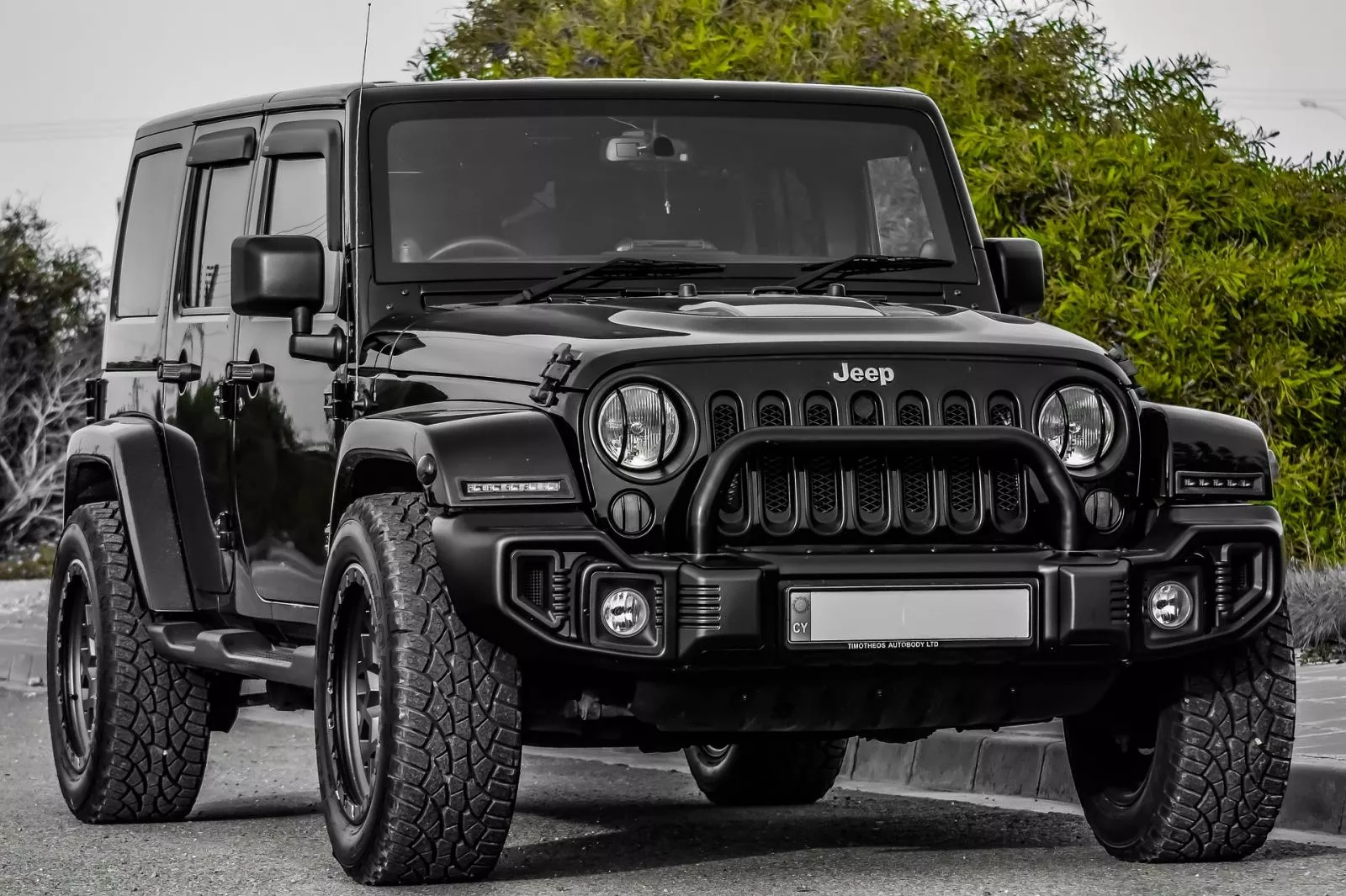
Those bullbars will likely interfere with the car's impact sensors and delay the airbags
Not all cars come with the same features, and not every occupant sports the same body type, so the effects will vary in a given car crash. Despite that, what will statistically increase your chances of survival is by using the car as close to its intended purpose as possible. This ensures that the car’s safety equipment is optimized to protect you and anyone else on board, whatever situation you might find yourself in.
More automotive information comes your way at Philkotse.com.
Recent posts
- 2021 Isuzu D-Max five-star safety Euro NCAP rating Sep 19, 2022
- 2021 Kia Sorento ANCAP Euro NCAP Sep 19, 2022
- ASEAN NCAP accredits tested lab Sep 30, 2020
- Car safety features to beat drowsiness while driving Aug 16, 2022
- 8 Essential Safety Measures to Keep in Mind While Driving in the Philippines Oct 07, 2020












